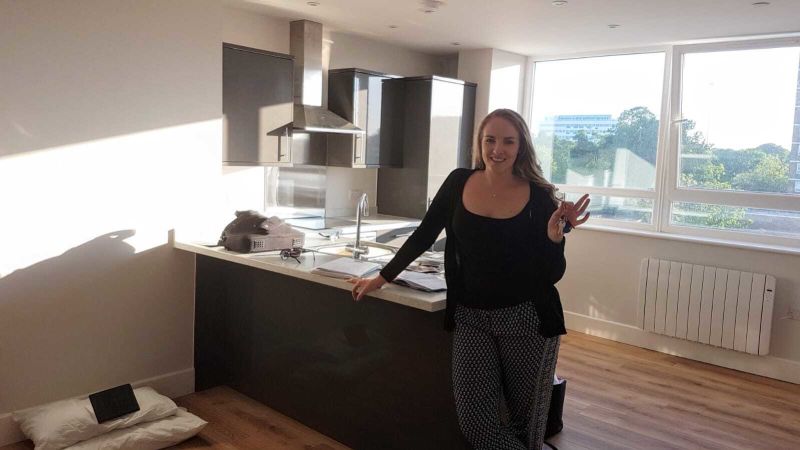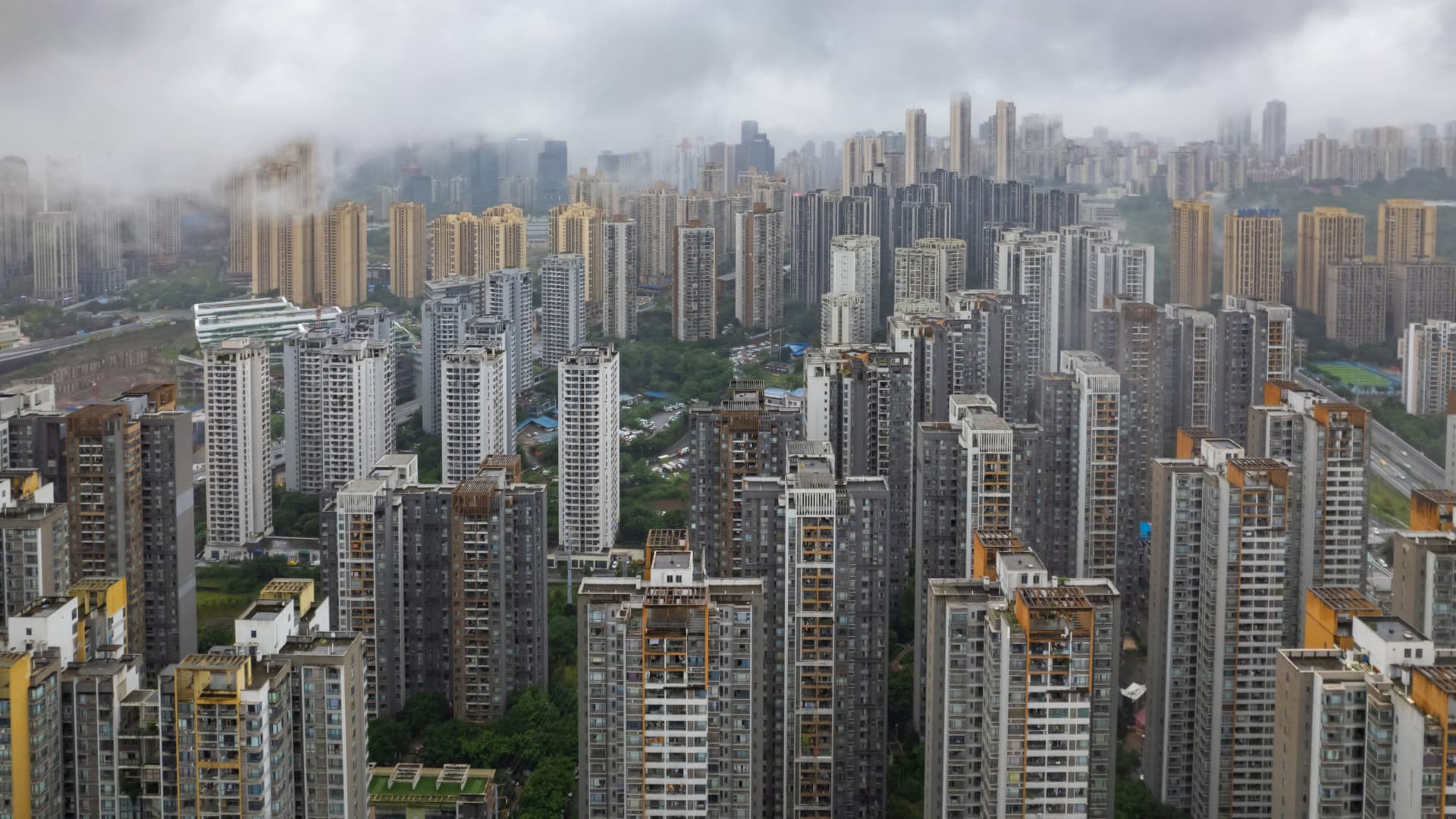Many Muslims Killed in Chinese Ethnic Clashes
The New York Times on Monday, November1 , put the number of those killed at148 , citing local journalists witnesses.
Agence France-Presse (AFP) and other media, however, put the number at 20 ten of each ethnicity, amid a local media blackout.
Nanren village, near the southern bank of the Yellow River in Zhongmou county, was one of the flashpoints of the confrontation, according to the imam of the village mosque.
He said at least six people died in Nanren and the unrest had yet to be quelled.
"Two Huis died here, and four or five members of the Han nationality," the imam, surnamed Hu, told AFP by telephone.
He said the clashes erupted late last week when Hui truck drivers from Nanren tried to pass through a village mostly inhabited by Han Chinese and one of them got beaten up over a traffic dispute.
Soon after that incident, thousands of Han Chinese surrounded Nanren village, and a confrontation developed in which a number of houses were burnt down and a brick factory was destroyed, Hu said.
The fatalities that Hu was informed about happened during this clash, which was only put down when troops from the regular and paramilitary People’s Armed Police arrived, he said.
He said he had heard vague reports of a similar clash in another nearby village Sunday, although he had no details.
However, the NY Times gave a different version of the events.
It said, quoting local sources, that the clashes flared Friday, October 29 , and continued into the weekend after a Hui taxi driver’s car hit and killed a6 -year-old Han girl, prompting recriminations among different ethnic groups.
Worst Ever
An employee surnamed Wang from the Zhongmou county taxi company told AFP that the recent clashes between the Hui and Han are the worst ever.
"Clashes have happened frequently before but this is the worst," he said.
"The two groups used farm tools to fight each other. Martial law has been declared in the village, people are prevented from getting in or out."
Another indication on the gravity of the situation is the reported heavy security deployment in the area.
A female officer in the area’s main police station told AFP she was one of the only ones left as her colleagues were out trying to control the disturbances.
"Normally, there are several hundred police here, but they have all gone to the scene," she said.
"The People’s Armed Police has also gone to the scene."
According to AFP, however, locals played down The New York Times report that almost 150 people died in the clashes.
"Nearly 150 dead sounds like too much," said a local reporter. "Maybe it’s the number of casualties, dead and injured put together."
Media Blackout
There was no word on the clashes or the casualties carried by Chinese state media Monday, and local journalists in the region said a news blackout was in force.
"We want to report about it, but the central government doesn’t want us to," a journalist with Henan Daily told AFP.
"They are afraid to trigger conflict among the ethnic groups."
Police lined the main road into the village Monday and prevented journalists from entering, according to AFP.
China’s Huis are descendants of Arab and Persian traders who have over the centuries mixed so thoroughly with the Han Chinese that they are virtually indistinguishable from each other, apart from different customs and dress codes.
The Huis are generally considered among China’s best assimilated minorities, although occasional clashes with other groups are known to occur, according to Aljazeera Web site.
All in all, two percent of China’s population is Muslim; a deceptively small statistic until one realizes the reference is to a country with a population of1 . 2billion, leading to a total of24 million.
Han Chinese make up more than90 % of the population. The country has55 officially recognized ethnic groups.
China suffers occasional tensions between ethnic groups, but the extent of any violent clashes is unclear because the communist government suppresses information about social conflict.



